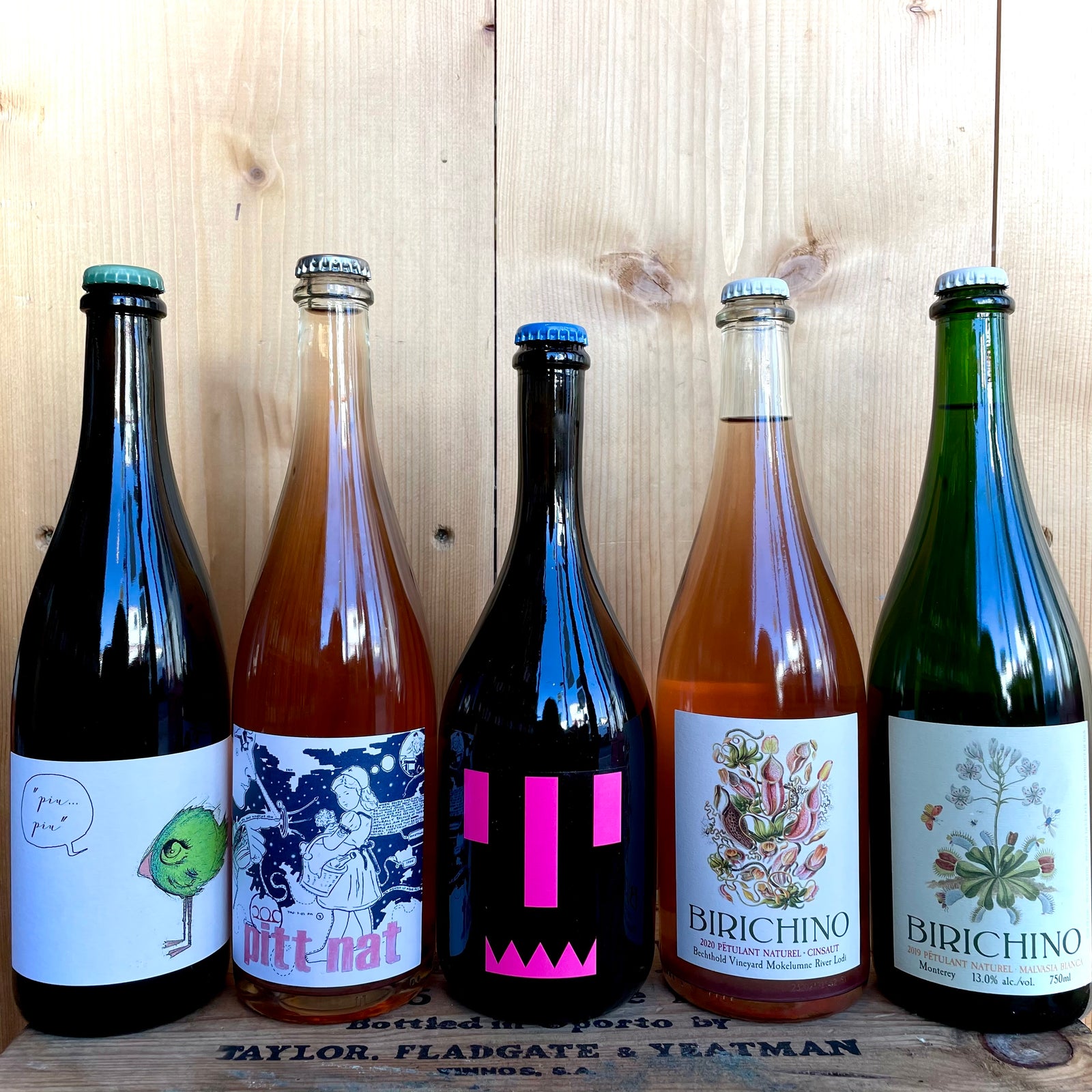
The quirky world of Pet Nat wines
Pet Nat. You may have heard the phrase and wondered why anyone would go to the trouble of domesticating such a tiny flying insect. Or you may already know a bit more about these lightly sparkling wines, which have been the darling of the cool crowd for the last few years. Either way, here’s our introduction to Pet Nat wines, complete with a few choice selections from the Butler’s cellar.
What are Pet Nat wines?
Pet Nat is an abbreviation of pétillant naturel – French for ‘naturally sparkling’ – and despite its newfound popularity, it’s almost certainly the oldest method of making a wine fizzy. This ‘ancestral method’ involves bottling a wine before it’s finished fermenting. The CO2 produced for the remainder of the fermentation is trapped in the bottle and dissolves in the wine. Hey presto, bubbles.
How are Pet Nat wines different from Champagne?
Good question, slightly complicated answer. But in a nutshell, there are a lot more processes involved in making Champagne (and other ‘traditional method’ sparkling wines like cava and English sparkling wine). These processes are designed to create a crystal-clear, persistently frothing wine that can age gracefully over many years.
By contrast, Pet Nat wines are made to be drunk young and in a more artisanal style. The dead yeast cells from the fermentation are typically left in the bottle, resulting in unfiltered, often-cloudy wines with lower alcohol, maybe some residual sugar and a complex array of fruity, yeasty flavours. They’re fun, funky low-intervention wines rightly loved in natural wine circles.
Where did Pet Nat wines come from?
The ancestral method used to make Pet Nat wines stretches back nearly 500 years. It was first documented in the production of Blanquette de Limoux in the monasteries of Southwest France in 1531, although it’s anyone’s guess whether they were making it to appeal to local hipsters back then.
The modern renaissance was kickstarted by new-wave producers in the Loire in the 1990s. Since then, Pet Nat has become a global phenomenon, made everywhere from California to Italy, Germany to Australia, even here in England and Wales. While stuffed shirts continue to debate whether it’s just another oddball East-London fad, younger generations of wine producers and drinkers are united in their conviction that Pet Nat is here to stay.
What do Pet Nat wines taste like?
Pet Nat is one of those styles where the only way to answer this question is to open a bottle. Put together a random mixed case of Pet Nats and you’ll find six very distinct wines inside. And not just because they’re likely made from different grape varieties in different countries; the degree of unpredictability in the bottle fermentation means some will be a bit sweeter, some a bit fruitier, some a bit yeastier, some a bit more ‘natty’.
That’s one of the joys of these wines: you’re always tasting something interesting and new. Here are a few Butler’s favourites to get you started…

PÉTULANT NATUREL MALVASIA BIANCA, BIRICHINO 2019 (£31.50)
Cheeky name, cheeky wine. From a legendary low-intervention Californian producer, this is a brilliant way to treat a variety like Malvasia. The natural fizz injects so much vibrancy to the floral, honeyed stone fruits. All that ripeness in the grapes comes from the age of the vines (coming up to their 30th birthday). Zippy, refreshing and so so enjoyable to drink.

PÉTULANT NATUREL CINSAULT, BIRICHINO 2020 (£31.50)
Birichino’s organic Pet Nat rosé has celebrity status: it’s made with grapes from the world’s oldest Cinsault vineyard, planted in 1886. The vines’ age gives so much concentration to the tropical fruits, pink guava and hints of violet in the wine. Open a bottle and settle down for a West Coast treat.

IL PESTIFERO, TENUTA DI TAVIGNANO 2019 (£19.99)
From the central Italian Marche region, this blend of Verdicchio, Malvasia and Sangiovese is a joyous curveball. Lightly fizzy and brightly citrussy-floral, it’s organic, vegan and ridiculously tasty. The label says “I Love Monsters”. The writer of this blog says “I love this wine.”

PITT NAT ROSE, PITTNAUER 2020 (£27.95)
A pale pink Austrian rosé is next on our Pet Nat role call. A blend of Blaufrankisch, Merlot and Syrah, this explodes with grapefruit, melon and fresh strawberry, with a little lick of vanilla ice cream. The fresh acidity makes it a dream partner for sushi, shellfish and salads. Drink while the sun shines!

FIO ‘PIU PIU’ PET NAT RIESLING, NV (£23.50)
On to Germany’s Riesling heartland, the Mosel Valley, and an easy-drinking Pet Nat that brings together the talents of three great European winemakers. Dirk and Daniel Niepoort have teamed up with Phillip Kettern to create a fresh, spicy, beautifully balanced Pet Nat wine that marries clean Riesling acidity with a touch of fruity sweetness. Delicious.
--
That should be more than enough to start you off on some Pet Nat adventures. Trust us, you won’t be disappointed. As ever, if you have any questions about this superbly quirky wine style, do get in touch – Team Butler is always happy to help.


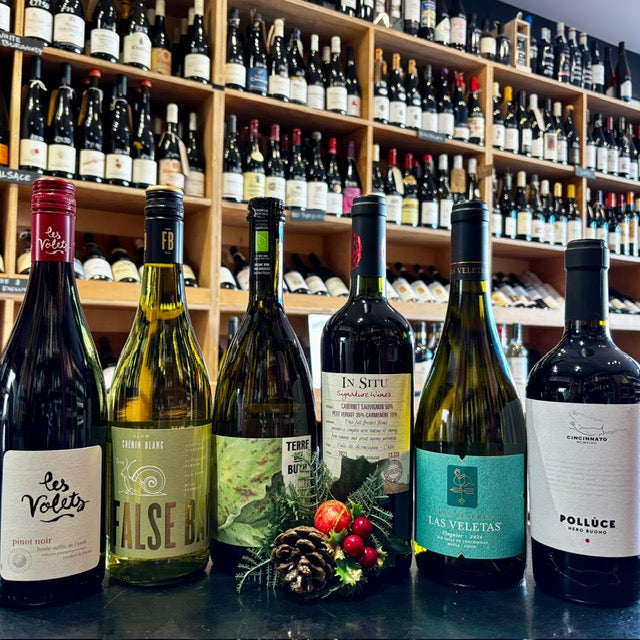


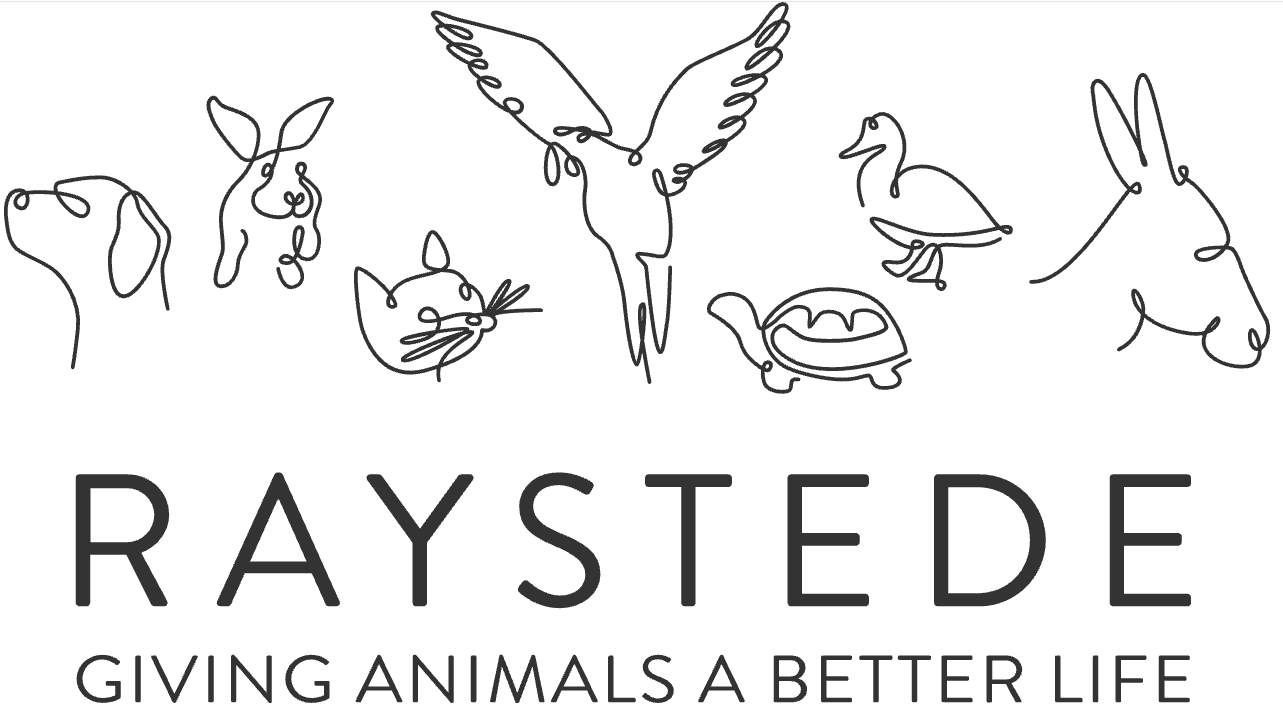

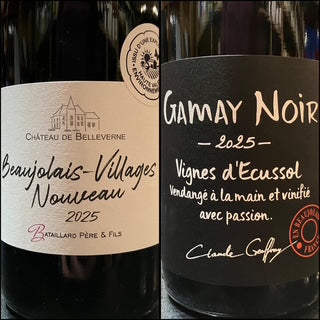
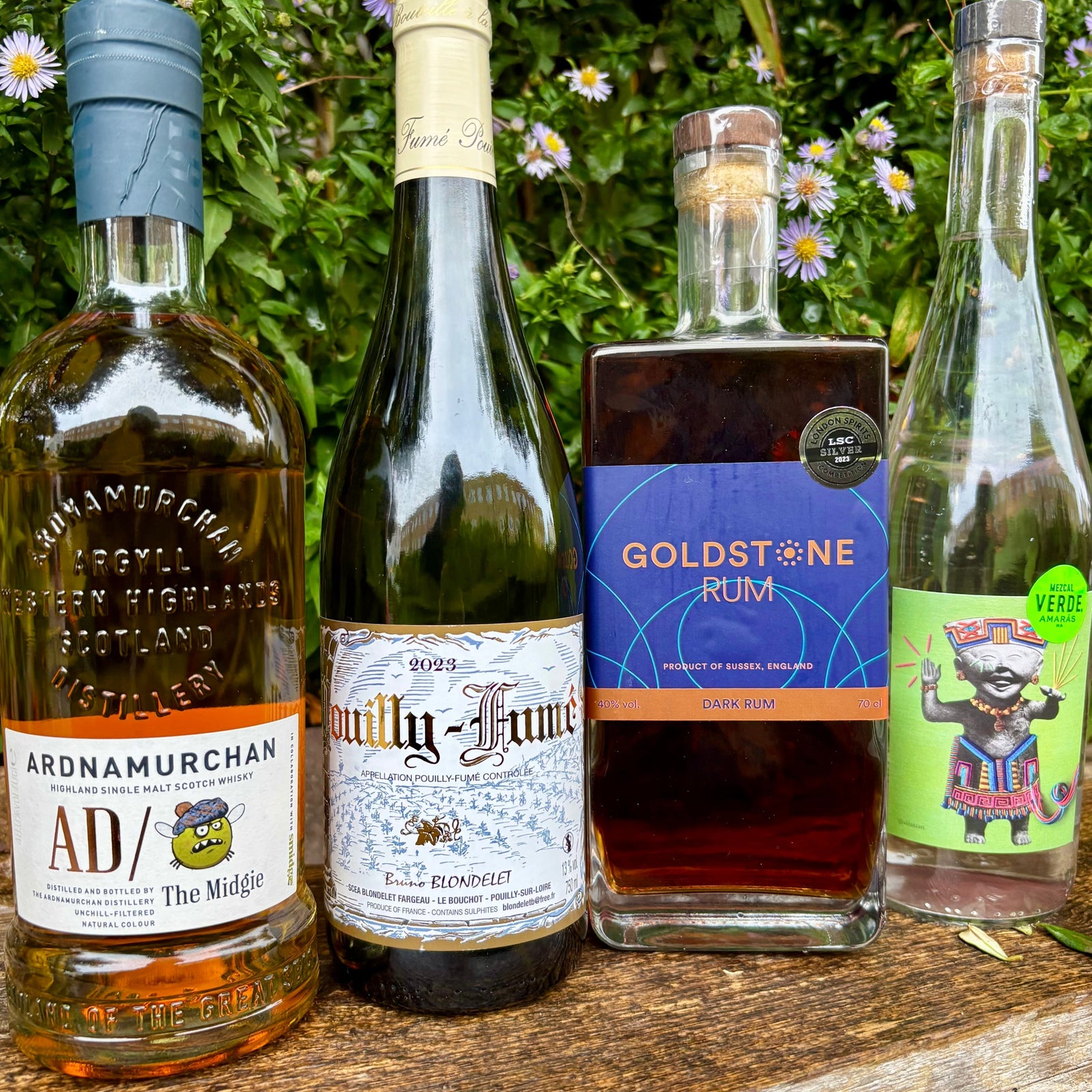
Leave a comment (all fields required)